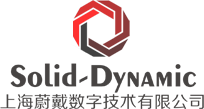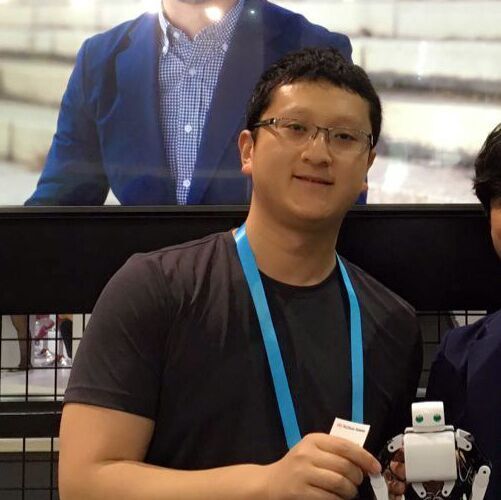
我们真诚的希望与您一起共同开拓中国市场,并建立牢固的合作伙伴关系。
Ryan Liu
Market Development Manager
成为代理商的优势
代理商折扣
成为签约代理商,根据代理级别的不同,获得相应的折扣价格
客户保护
完善的客户报备制度,有效避免串货、抢单等恶意竞争事件的发生
增值服务
完善的技术支持体系,充足的配件、耗材供应。
代理商申请表
THE FUTURE OF ADDITIVE TECHNOLOGIES
IS IN ANISOPRINTED COMPOSITES
Composite materials have a heterogeneous internal structure, as a result, they are extensively used in the aerospace, automotive and civil engineering sectors. The main characteristic of such materials is the presence of two different phases: matrix, or binder, and reinforcement. The reinforcement resists the main loads, while the matrix makes the individual reinforcement elements work together. In structural composites, high-strength fibers such as carbon, glass or organic are used as the reinforcement element, providing significantly higher specific strength and stiffness compared with any metal.

Matrices are predominantly polymers, although composites based on metallic, ceramic and other types of binders are widely known. The main feature of such fibrous composites is their anisotropic properties. That is, the material response to external loads depends significantly on the direction of these loads. For example, the cCFRP ((continuous) carbon fiber reinforced polymer) strength differs by two orders of magnitude depending on whether the load is applied along the direction of the fibers, or transversely. Traditionally, this feature of composite materials is considered to be one of their main disadvantages, limiting their mass use in most industries. The anisotropy is hardly repulsed, mainly by making so-called quasi-isotropic laminates – or sheet materials – in which the layers of a unidirectional composite are stacked at different angles. This results in material behaviour comparable with metal sheet in a plane stress state. Furthermore, with the exception of the moulding step, they are often used in exactly the same way: cut, drilled, connected with rivets and bolts, which destroys the integrity of the reinforcing fibers, which in turn leads to additional stress concentrations due to the free edge effect and other features inherent in composite materials that reduce the overall strength of the structure.
Dennis Pu
3D打印爱好者-TechXYZ CEO


